

They have won 93 points in the subsequent 39 matches, compared with Chelsea’s 88 points from 38 games. Liverpool have taken 83 points from 40 games and Arsenal 68 from 38. United have used eight players in central midfield in the league in that time: Paul Scholes, Michael Carrick, John O’Shea, Ryan Giggs, Darren Fletcher, Alan Smith, Rio Ferdinand and Kieran Richardson.
AFTER the fanfare that greeted Sir Alex Ferguson’s recent celebration of 20 years as Manchester United manager, today brings another anniversary for the club’s supporters to celebrate, or at least contemplate. It is a year to the day since Roy Keane was told to clear out his locker and pack up all his troubles in an old kitbag, but if Old Trafford was shaken to its foundations at the time, 12 months on, stability reigns.
As on that fateful Friday morning, when Keane was summoned to one last meeting with Ferguson and David Gill, the chief executive, there were cross words at United’s training ground yesterday, but they related only to a spat between Carlos Queiroz, the assistant manager, and Luiz Felipe Scolari, the Portugal coach. The acrimony that characterised the departure of Keane and, later, Ruud van Nistelrooy, is gone, replaced by a serenity that has been helped — perhaps reflected — by United’s position atop the Barclays Premiership table.
With another unchanged team expected for this afternoon’s match away to Sheffield United, Ferguson may reflect that managing Manchester United is no longer the chore it has been at times during the difficult past few years. Nor is watching them; their football of late, illuminated not only by the brilliance of Cristiano Ronaldo and Wayne Rooney but also by the renaissance of Paul Scholes and the blossoming of Louis Saha, has been their most eye-catching since their most recent Premiership title season, in 2002-03, maybe even the previous triumph in 2000-01.
Some concerns linger — about whether the central midfield partnership between Scholes and Michael Carrick will be so effective when the going gets tougher in the winter months, about whether they will begin to miss Van Nistelrooy’s goals when the 3-0 and 4-0 wins give way to tighter contests — but, for now, such talk sounds trite.
Even if United were to experience a rough ride at Bramall Lane this afternoon, or, indeed, away to Celtic in the Champions League on Tuesday, they will go into the eagerly awaited league showdown with Chelsea a week tomorrow with the wind in their sails and with Keane’s frequent angry tirades a distant memory.
Is that the point? Had Keane, in his old age, become some malicious spirit that had to be exorcised from Old Trafford to liberate young talents such as Ronaldo and Rooney? No, and if Ronaldo, for example, were ever to cite the reasons for his newfound happiness, it would be the departure of Van Nistelrooy, never his favourite team-mate, that brought him most relief.
Keane’s departure did, however, help to dispel the whiff of mutiny that was in the air in his final weeks at the club, which were accompanied by some abject performances in the Premiership and the Champions League as he sat on the sidelines, injured, unable to conceal his anger at his perception that everyone from Ferguson downwards was allowing their standards to slip.
As ever, Keane’s name will be belted out by the United supporters at Bramall Lane this afternoon, but these days it is with dewy-eyed affection rather than the note of defiance they struck even in the opening weeks of this season. Many remain hostile to the Glazers, but Keane’s departure is no longer a sore point.
Even if not everyone is as convinced as Ferguson that Carrick has been a “wonderful” signing, the expected arrival of Owen Hargreaves from Bayern Munich, whether in January or next summer, should give United’s midfield a more formidable look. One sense in which Keane’s departure liberated the United players was tactical. Ferguson made no secret of the fact that the unpopular 4-3-3 formation that he used throughout the disappointing 2004-05 season and during the early part of the next campaign was designed to protect his captain’s ageing limbs.
“We’re doing the right thing to retain Keane in our side,” Ferguson said in April 2005, in response to criticism of his tactics. “We want him in there so we make sure the support is around him.”
Once Keane was no longer wanted, though, the support system evaporated both in terms of the two men’s relationship and, subsequently, Ferguson’s tactics. The unpopular 4-3-3 system was replaced by 4-4-2 and, hey presto, United’s supporters are being treated to free-flowing football again at last.
Whether it is title-winning football remains to be seen, but, 12 months on from one of the darkest days in the club’s recent history, the good times are back at Old Trafford.
Although the writer does raise a fair bit of good points in the article, i just cant help but to disagree with the one's slagging keano off towards the end. The 4-3-3 formation was NOT devised entirely to offer keano's 'ageing limbs' more protection, i remember us playing games without Keane with the fuckin 4-3-3 formation as well. The 4-3-3 was rather, a spin off of Carlos Queiroz's 4-5-1 which failed fucking miserably. Keano's always going to be #1 in my books no matter what the circumstances.
0 Fancy Pitting Your Footballing Knowledge Against Mine?



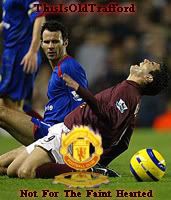
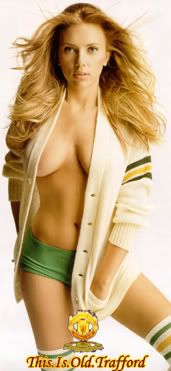
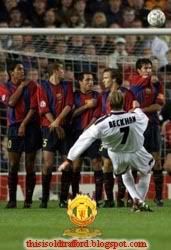
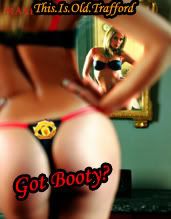
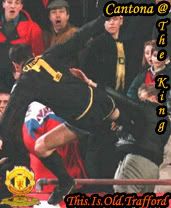

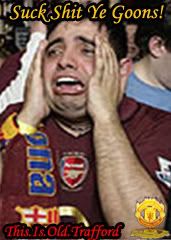
About This Blog
This.Is.Old.Trafford's First Ever Post
This.Is.Old.Trafford Classics
Cybersex Gone Horribly Wrong (Part 1)
What A Man Would Do If He Had A Vagina For 1 Day
This.Is.Old.Trafford Archives
2005-09-25
2005-10-02
2005-10-09
2005-10-16
2005-10-23
2005-10-30
2005-11-06
2005-11-13
2005-11-20
2005-11-27
2005-12-04
2005-12-11
2005-12-18
2005-12-25
2006-01-01
2006-01-08
2006-01-15
2006-01-22
2006-02-05
2006-02-19
2006-02-26
2006-03-05
2006-03-12
2006-03-19
2006-03-26
2006-04-02
2006-04-09
2006-04-16
2006-04-23
2006-04-30
2006-05-07
2006-05-14
2006-05-21
2006-05-28
2006-06-04
2006-06-11
2006-06-18
2006-06-25
2006-07-02
2006-07-09
2006-07-16
2006-07-30
2006-08-06
2006-08-13
2006-08-20
2006-08-27
2006-09-03
2006-09-10
2006-09-17
2006-09-24
2006-10-01
2006-10-08
2006-10-15
2006-10-22
2006-10-29
2006-11-05
2006-11-12
2006-11-19
2006-11-26
2006-12-03
2006-12-10
2006-12-17
2006-12-24
2006-12-31
2007-01-21
2007-01-28
2007-02-04
2007-03-04
2007-03-18
2007-04-08
2007-04-15
2007-04-22
2007-04-29
2007-05-06
2007-05-13
2007-10-07
This.Is.Old.Trafford Fanclub
This.Is.Old.Trafford Shoutbox

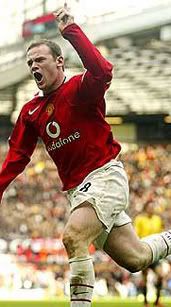


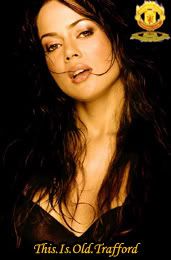
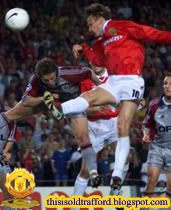

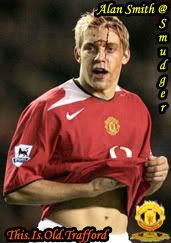

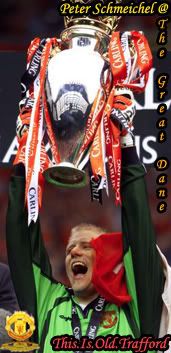

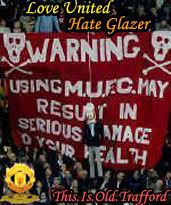
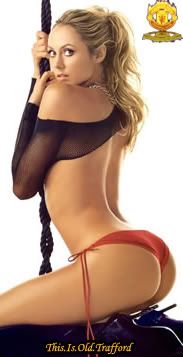
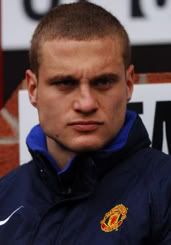
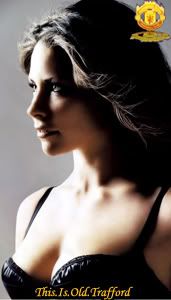
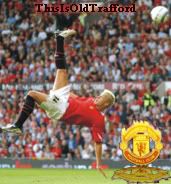
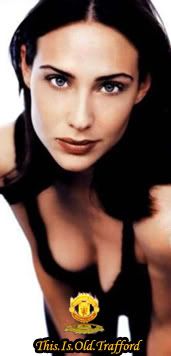

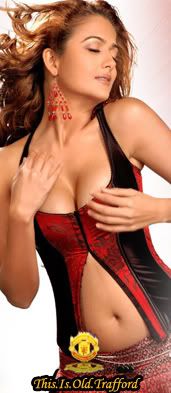


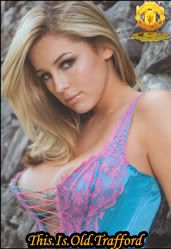
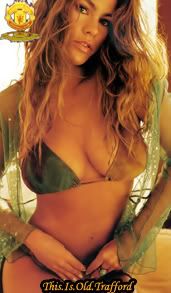



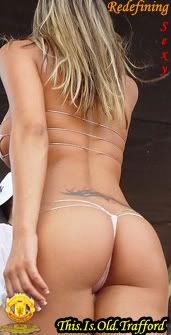


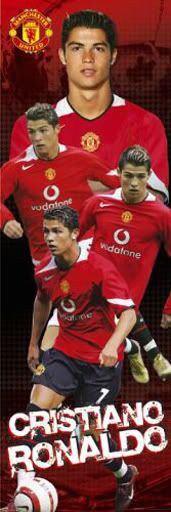

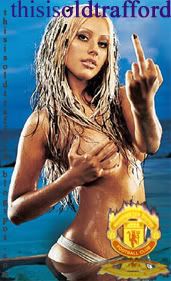
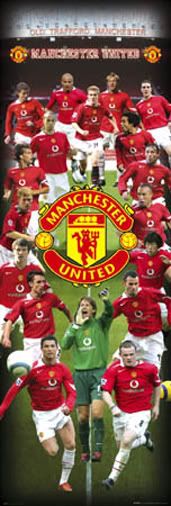

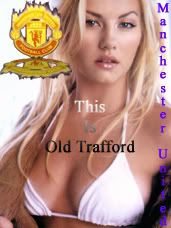
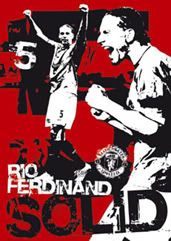
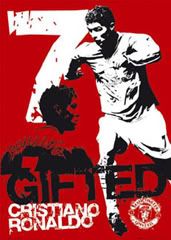
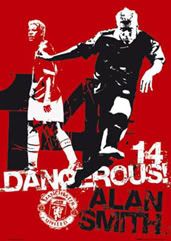
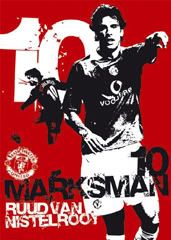
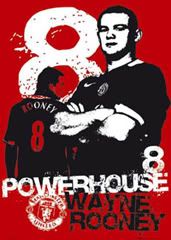
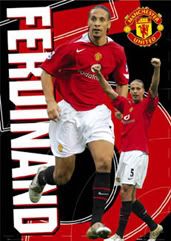
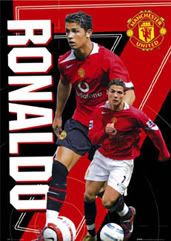
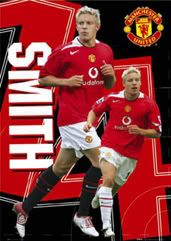
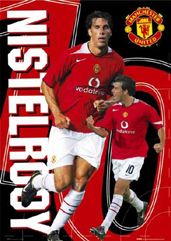
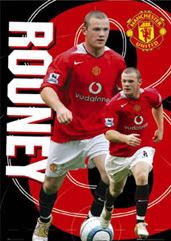
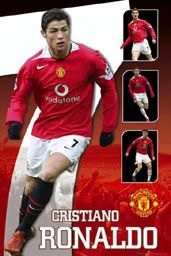
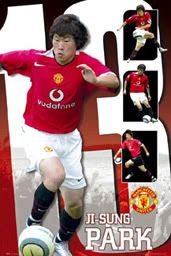
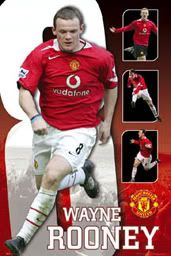
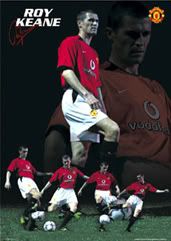
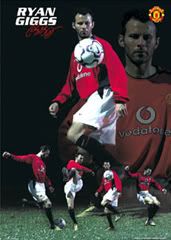
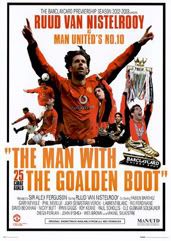
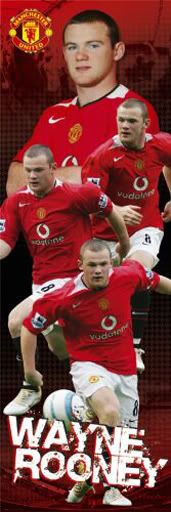
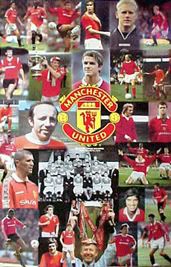
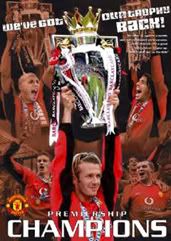



 <<
#
BolehBlogs
?
>>
<<
#
BolehBlogs
?
>>
0 Comments:
Post a Comment
<< Home